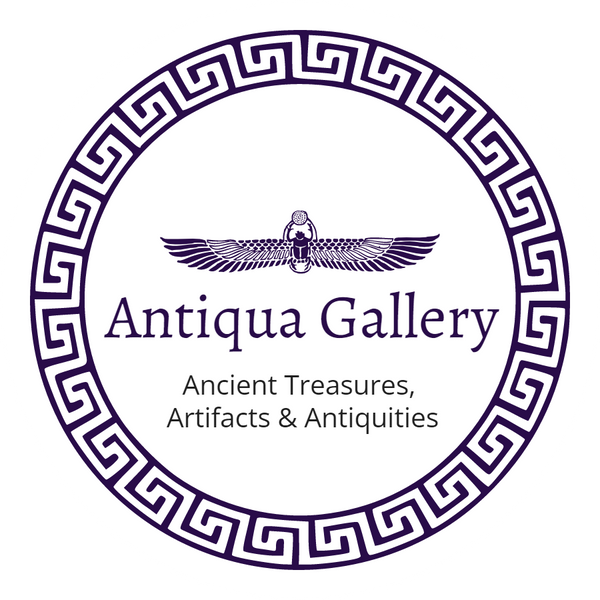Across ancient Chinese civilizations, a belief in an afterlife prompted the creation of elaborate tombs filled with ceramic, bronze, and wooden figures. These items were intended to aid, protect, and entertain the deceased in their journey beyond. Tomb artifacts included servants, musicians, cooks, zodiac symbols, soldiers, and various other representations.
The tradition of grave goods and tomb figures began approximately 2,000 years ago, gaining prominence after Qin Shi Huang, the first emperor of the Qin dynasty, filled his tomb with life-sized figures.
Among the most famous are the Mingqi Terracotta Figures, painted attendants, musicians, and soldiers designed to serve and protect in the afterlife. The images of terracotta figures in this post are all Mingqi.
The practice of tomb figures and grave goods spanned many dynasties, notably the Han (206 BC - 220 AD), Tang (618 - 907), and Ming (1368 - 1644). Molds invented during the Tang and Ming dynasties made these figures more affordable and accessible beyond the elite classes.
During the early Tang Dynasty, the distinctive Sancai ceramics emerged, known for their white, green, and amber glazes. These pieces reflect the multicultural influences of the era, shaped by foreign interactions within the Chinese empire.
In the Ming Dynasty, terracotta wares were often painted in blue, green, or amber hues, demonstrating a shift towards realistic depictions of daily life.
The clay used for Han Dynasty terracotta figures was notably greyish, contrasting sharply with the lighter browns of Tang Dynasty ceramics, such as the camel depicted here.
Each dynasty's terracotta figures differed significantly in style, clay type, and color palette, reflecting the evolving artistic and cultural trends of ancient China.
I hope you enjoyed this quite brief exploration of Chinese terracotta tomb figures throughout the Han-, Tang-, and Ming-Dynasties.
Best Wishes,
Theodor





